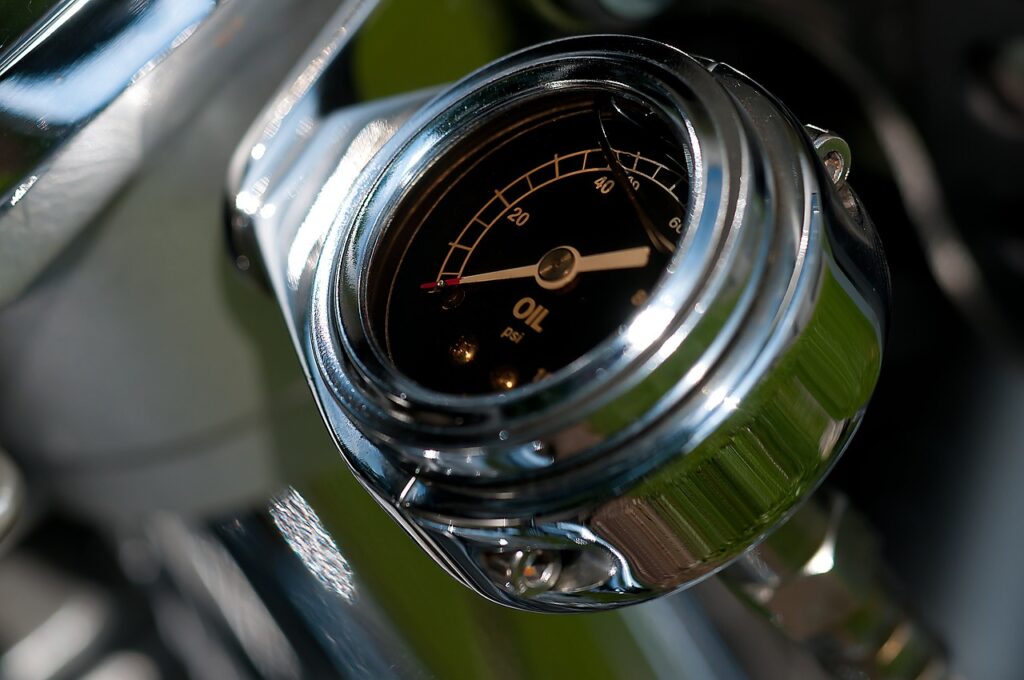section III: discussion, opinions and summary

[ Definition: Finished lubricant; a lubricant in which a series of selected base oils have been blended with a performance improvement additive package such that the final product shows definitive improvements over the base oils alone].
Hopefully, the above sections have provided the reader with enough background information so that he or she can now make an informed decision as to what is a synthetic oil and what is not.
However, it is important to note a number of facts about modern finished lubricants.
- todays finished lubricants are composed of various viscosities of base oils and of various Groups of base oils to exhibit targeted characteristics in specific environments and applications,
- performance improvement additive packages differ from one specific application to another,
- it is the complete, finished overall package and not the specific base oil or oils, that constitute the final quality and performance of that lubricant.
Marketing propaganda and media hype will always attempt to persuade you that a certain product has an advantage over another. This is a simply a fact in terms of competition among manufactures.
Neither the NAD/BBB decision nor the PQIA stamp will solve this chaos. PQIA is going in the right direction but more needs to be done.
However, unless we come to grips with definitive statements and guidelines as to what is a synthetic lubricant is, and what is not, confusion will only continue. Standards’ groups and committees such as the API, SAE, the S.T.L.E., ILMA and others should address the goal of clarification and meet this issue head on.
As for labeling, I would suggest the following labeling standards for base oil percentages using only three categories, based on a 75% content for base oils with the rest allowed for additive content:
Automotive FULL SYNTHETIC Lubricant: 50% Group IV OR 50% GTL WITH the remaining 25% containing any combination of Group V components. Tolerance +, – 10% for improvements in base oil technology.
Automotive SYNTHETIC BLEND: 40% of Group II WITH the remaining 35% containing any combination of Groups III, GTL, IV and V. Tolerance +, – 15% for improvements in base oil technology.
Automotive CONVENTIONAL: 60% Group II WITH the remaining 15% containing any combination of Groups III, GTL, IV and V. Tolerance +, – 20% for improvements in base oil technology.
acknowledgements:
Thanks to the many BITOG members and colleagues who suggested additional comments and corrections. Many thanks to my “editor,” Mrs. MolaKule, for proofreading and for her help in the “stoichiometrics’” of chemistry.
Much of the information in Section I was derived from Reference 1.
Much of the information in Section II was derived from References 7 and 8.
references:
1. Kramer, D. C., Lok, B. K., Krug, R. R., “The Evolution of Base Oil
Technology,” Turbine Lubrication in the 21st Century, ASTM STP #1407, W. R.
Herguth and T. M. Warne, Eds., American Society for Testing and Materials,
West, Conshohocken, PA, 2001.
2. D. R. Palleros, Experimental Organic Chemistry. New York: John Wiley & Sons. (2000).
3. Freidel-Krafts Process, retrieved from,
https://en.wikipedia.org/wiki/Friedel%E2%80%93Crafts_reaction
4. W. Brown, C. Foot, B. Anderson, Organic Chemistry, Thompson, (2005).
5. T. Engel and P. Reid, Physical Chemistry, Pearson, (2006).
6. American Chemistry Council, various Publications
7. Synthetic Lubricant Base Stock Processes and Products, Retrieved from, https://Www.Researchgate.Net/Publication…Es_and_Products
8. Journal of Synthetic Lubricants, various issues.

